Beaches are often seen as idyllic getaways, but some hold hidden dangers that can turn a dream vacation into a nightmare. From treacherous waters to unpredictable wildlife, these beaches challenge even the bravest travelers. Here, we uncover fifteen beaches notorious for their perilous conditions, where caution is paramount and adventure comes with a side of risk.
Fraser Island, Australia
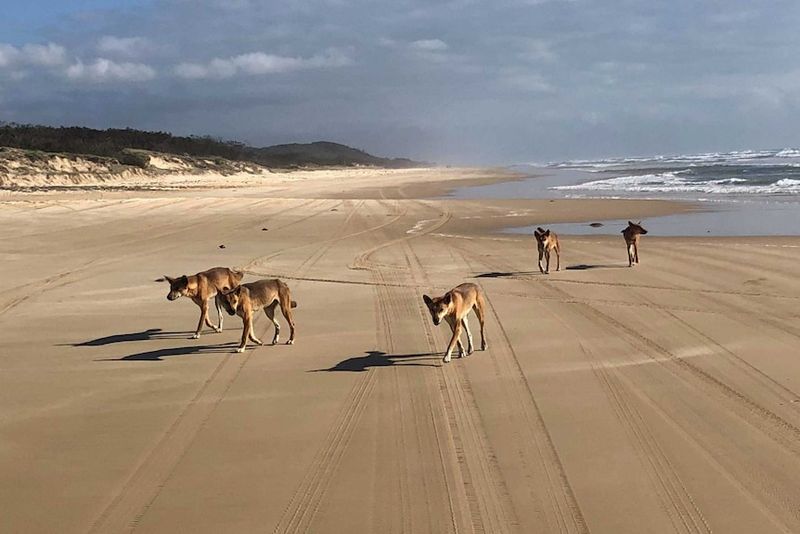
Fraser Island, known for its striking beauty, hides a darker side. The island’s beaches are notorious for dingoes, wild dogs that roam freely and can be highly aggressive. The waters are equally treacherous, with rip currents and jellyfish that pose serious threats to swimmers.
Visitors are advised to stay vigilant and adhere to safety guidelines. Despite its risks, the island’s allure is undeniable, drawing adventurous souls from across the globe.
Did you know? Fraser Island is the largest sand island in the world, stretching over 120 kilometers along the Queensland coast.
Playa Zipolite, Mexico
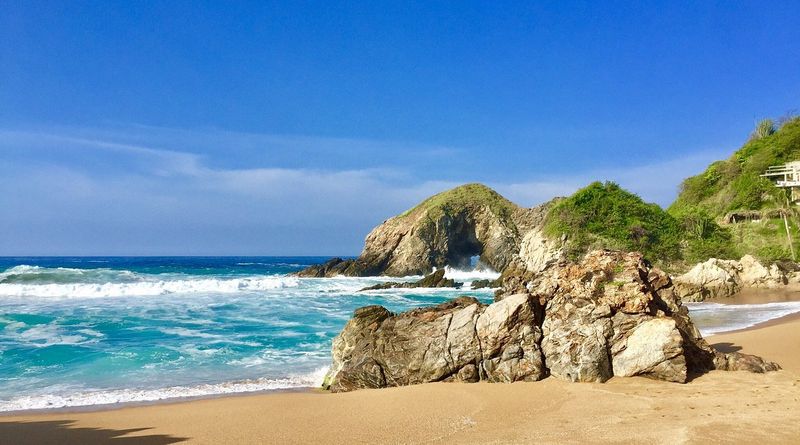
Playa Zipolite, often called “The Beach of the Dead,” is as ominous as its name suggests. Known for its powerful rip currents, it has claimed many lives. Despite its dangers, this beach attracts nudists and free spirits who revel in its natural beauty.
The lifeguard presence is a reassuring sight, but the ocean’s unpredictability demands respect. A visit here is a dance with danger, balancing thrill and caution.
Local folklore adds to its mystique, with tales of ancient rituals and lost ships haunting its shores.
New Smyrna Beach, Florida, USA
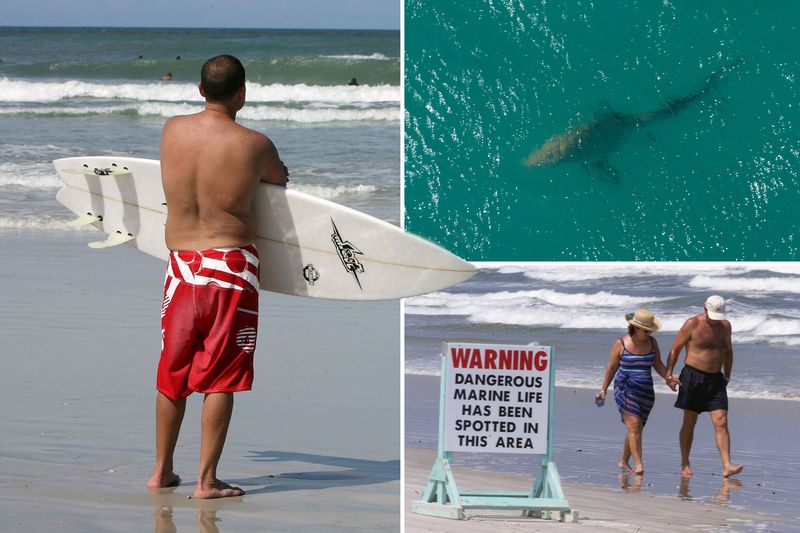
New Smyrna Beach holds an unsettling record: the highest number of shark attacks in the world. This beach is a favorite among surfers, who brave its waters despite the lurking predators.
Experts advise against swimming at dawn or dusk, peak feeding times for sharks. The thrill of the surf comes with a chilling price, a constant reminder of nature’s unpredictability.
Interestingly, most encounters result in minor injuries, yet the fear lingers, adding an adrenaline rush to every wave caught.
Reunion Island, France
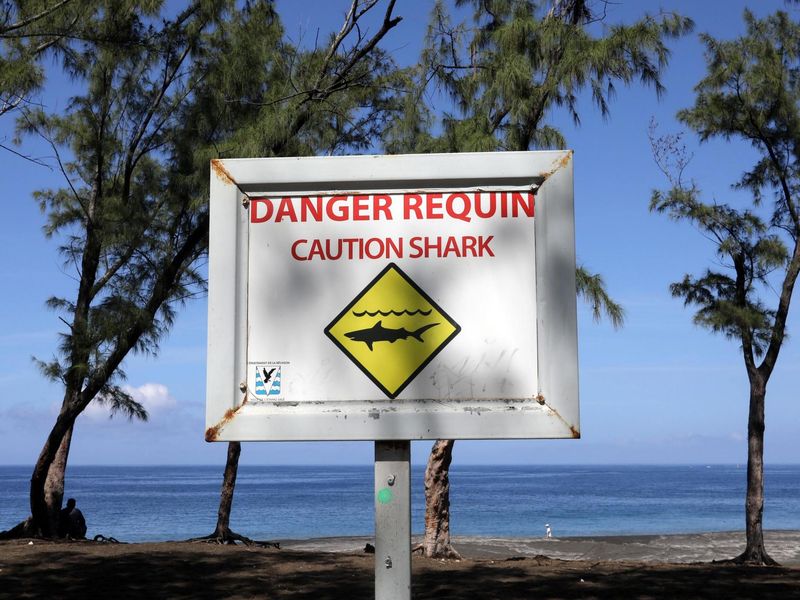
Reunion Island’s stunning beaches mask a lurking danger: a high incidence of shark attacks. The island has seen a surge in encounters, leading to strict swimming bans in many areas.
Despite these restrictions, the island remains a haven for thrill-seekers. The allure of its clear waters and breathtaking scenery often outweighs the risks.
Conservation efforts aim to understand these predators, balancing safety with ecological preservation. The island’s beauty and danger are inextricably linked, creating a unique and captivating allure.
Gansbaai, South Africa
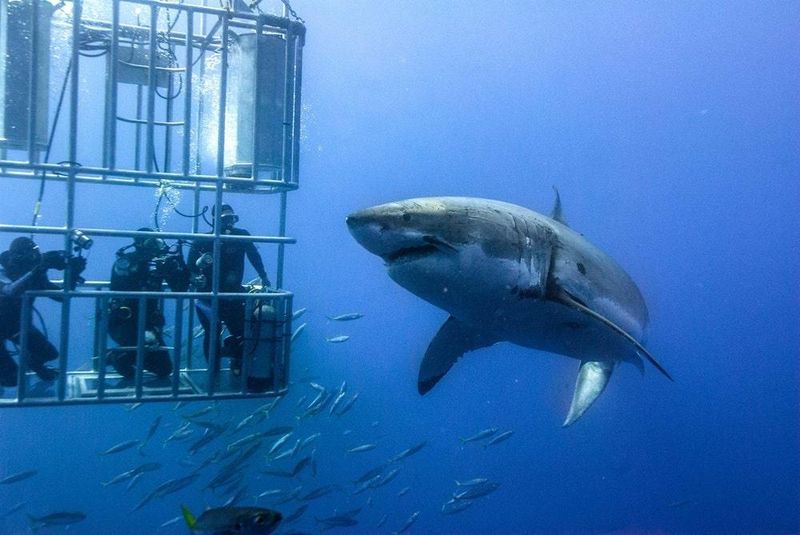
Gansbaai, dubbed the “Great White Shark Capital of the World,” is not for the faint-hearted. This South African beach offers cage diving experiences with these apex predators, drawing thrill-seekers worldwide.
While the experience is controlled, the sheer presence of great whites is enough to send shivers down one’s spine. Not surprisingly, swimming here is discouraged.
Did you know? Gansbaai’s waters are so teeming with marine life that it’s a prime spot for shark conservation research, contributing valuable insights into their behaviors.
Hanakapiai Beach, Hawaii, USA
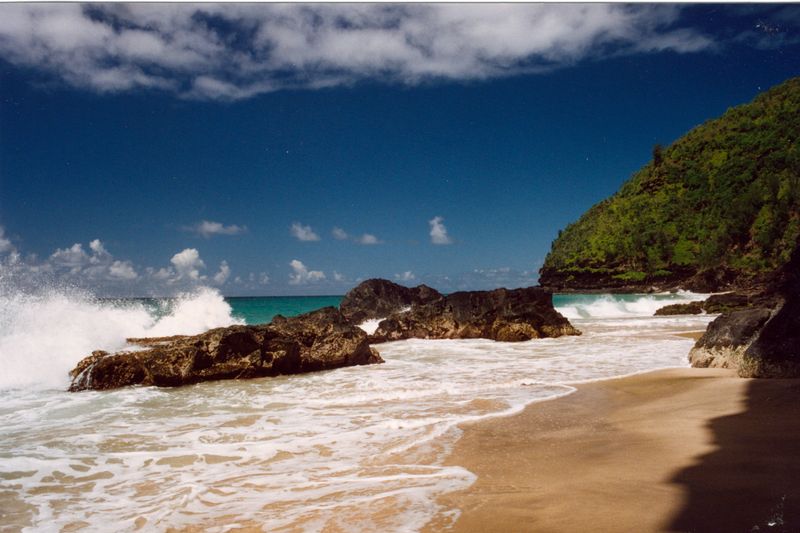
Hanakapiai Beach offers a deceptive beauty, where golden sands meet unforgiving waves. Located on Kauai’s Napali Coast, it’s infamous for powerful rip currents that have claimed numerous lives.
Warning signs caution visitors, yet the beach’s remote allure draws intrepid hikers. This untouched paradise comes with a dangerous edge, a place where nature’s beauty demands respect and caution.
Local legends speak of ancient Hawaiian spirits guarding the shores, adding a mystical aspect to its perilous reputation.
Chowpatty Beach, India
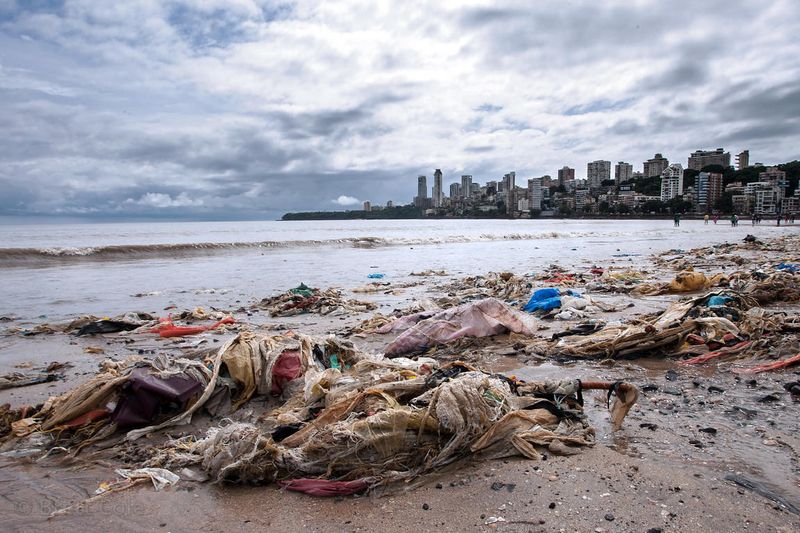
Chowpatty Beach teems with life, especially during the Ganesh Chaturthi festival. However, it’s not the vibrant crowds but the severe pollution that poses a significant risk.
The waters are contaminated with waste, making swimming hazardous. Despite these dangers, the beach holds cultural significance and remains a bustling hub for locals and tourists.
Efforts to clean the beach are ongoing, but the pollution challenge persists, reminding visitors to enjoy its cultural richness with care.
Cape Tribulation, Australia
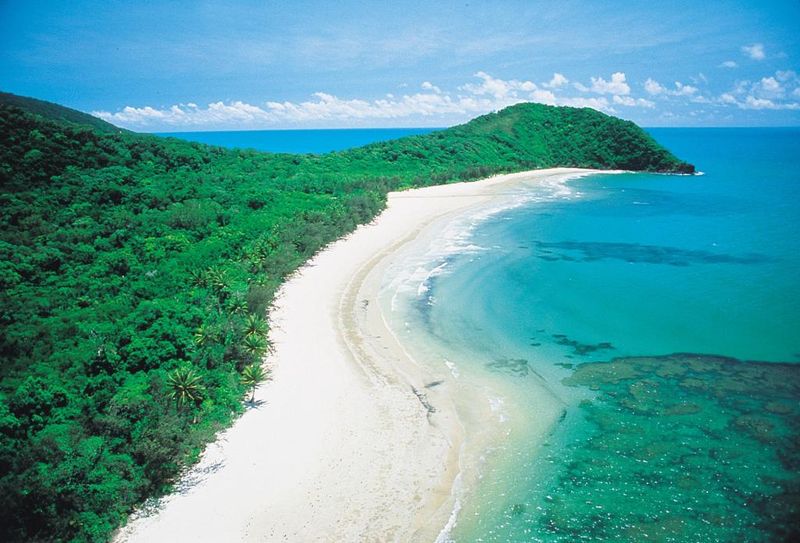
Cape Tribulation is where the rainforest meets the reef, a stunning convergence that belies its dangers. Crocodiles lurk in nearby waters, and venomous jellyfish are common, especially during the warmer months.
Adventurers flock here, drawn by its evocative name and wild beauty. Yet, every step must be taken with caution, as this natural sanctuary can quickly turn treacherous.
Historically, Captain Cook named Cape Tribulation after running aground here, a testament to its perilous nature.
Kilauea Black Sand Beach, Hawaii, USA
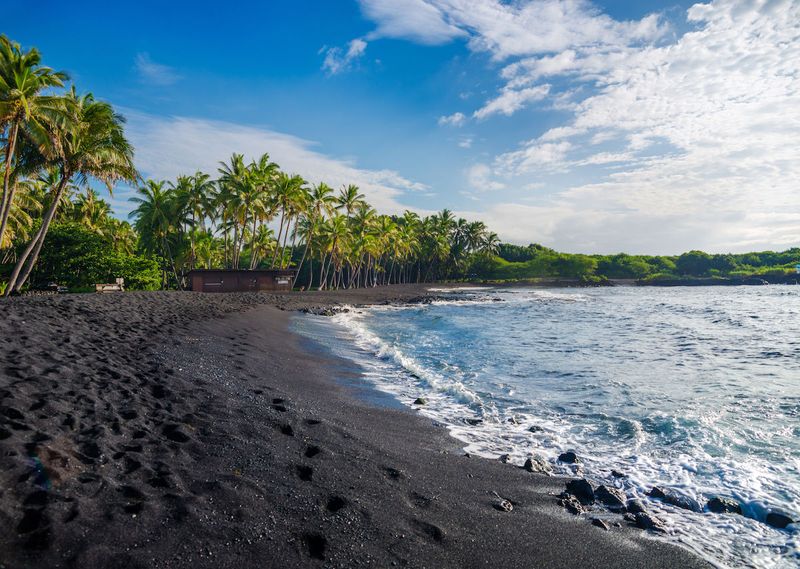
Kilauea Black Sand Beach captivates with its unique volcanic sands and dramatic landscape. However, the beach’s proximity to an active volcano presents significant risks.
Lava flows can create hazardous conditions, with steam and toxic gases posing additional threats. Visitors marvel at nature’s raw power, yet safety must always come first in this dynamic environment.
The beach is a living canvas, constantly reshaped by volcanic activity, a reminder of Earth’s ever-changing nature.
Shired Island, Florida, USA
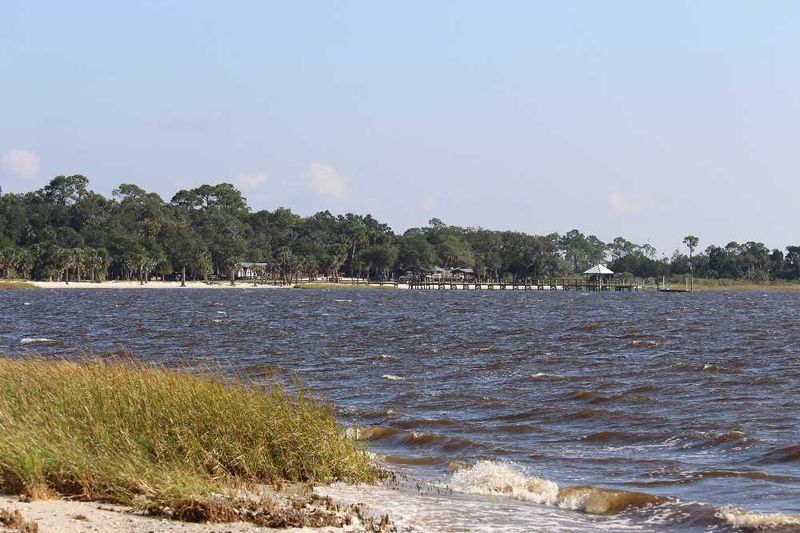
Shired Island appears tranquil, but its shores tell a different story. Erosion and pollution have transformed it into an environmental concern.
The beach suffers from high levels of bacteria, making swimming unsafe. Its remote location adds to the challenge, leaving nature to reclaim what was once a popular spot.
Conservation efforts are underway, aiming to restore its natural beauty while addressing environmental hazards. Shired Island is a testament to the delicate balance between human activity and nature.
Boa Viagem Beach, Brazil
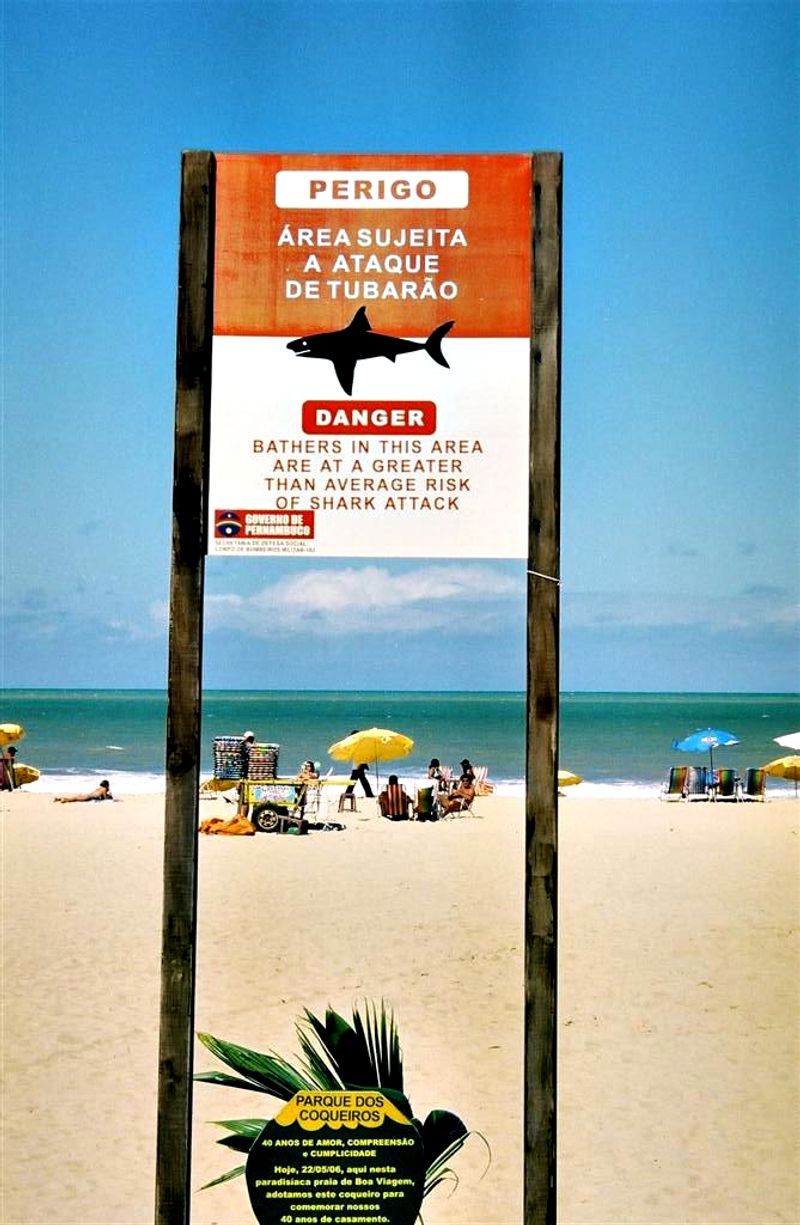
Boa Viagem Beach in Recife is both a bustling hotspot and a shark attack zone. The warm waters attract tourists, but they also lure bull sharks, a frequent threat.
Swimming is risky, especially near the reefs. Authorities have increased patrols, yet the danger persists, a stark reminder of nature’s dominance.
Local cuisine often features shark meat, a cultural twist to the ongoing shark encounters, blending danger with tradition.
Copacabana Beach, Rio de Janeiro, Brazil
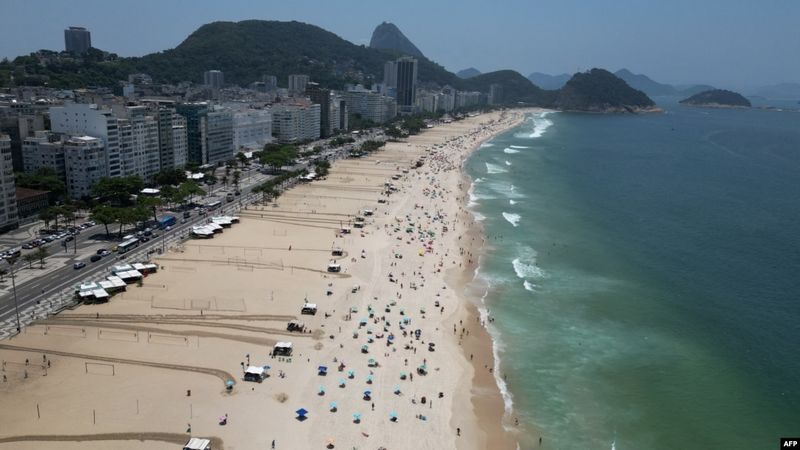
Copacabana Beach is famous worldwide, yet it’s not just the samba that keeps visitors on their toes. Pickpocketing and petty crime are rampant, necessitating vigilance.
The beach is a paradox of lively energy and lurking risks. While the sun shines, caution is the best companion for anyone exploring its iconic sands.
Despite these challenges, Copacabana’s allure is undeniable, a place where the spirit of Rio beats strongest, embodying both risk and reward.
Praia de Boa Viagem, Brazil
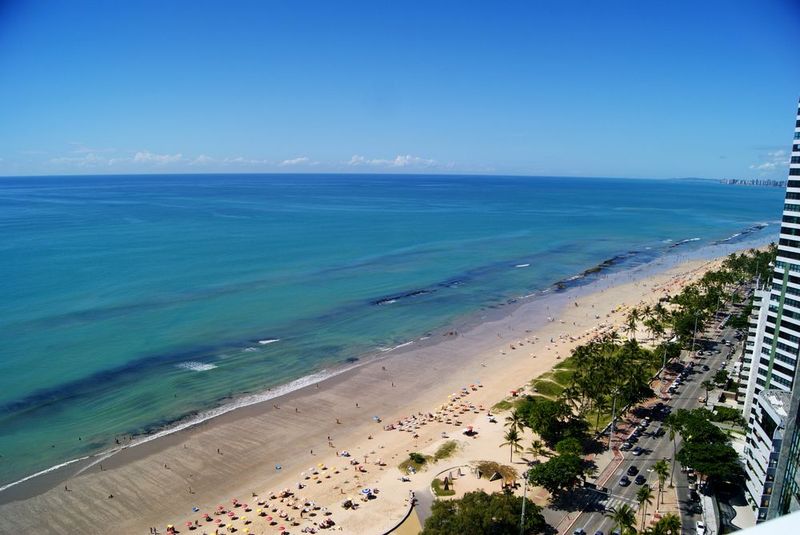
Praia de Boa Viagem presents a dual face of beauty and danger. Known for its shark attacks, particularly involving bull sharks, this beach is a hotspot for both thrill-seekers and cautious sunbathers.
Despite the risks, the beach remains popular, drawing crowds eager to soak in its vibrant atmosphere. Safety measures are in place, yet the ocean’s unpredictability continues to challenge visitors.
The beach is a microcosm of Brazil’s coastal allure, where beauty coexists with natural threats.
Praia do Futuro, Brazil
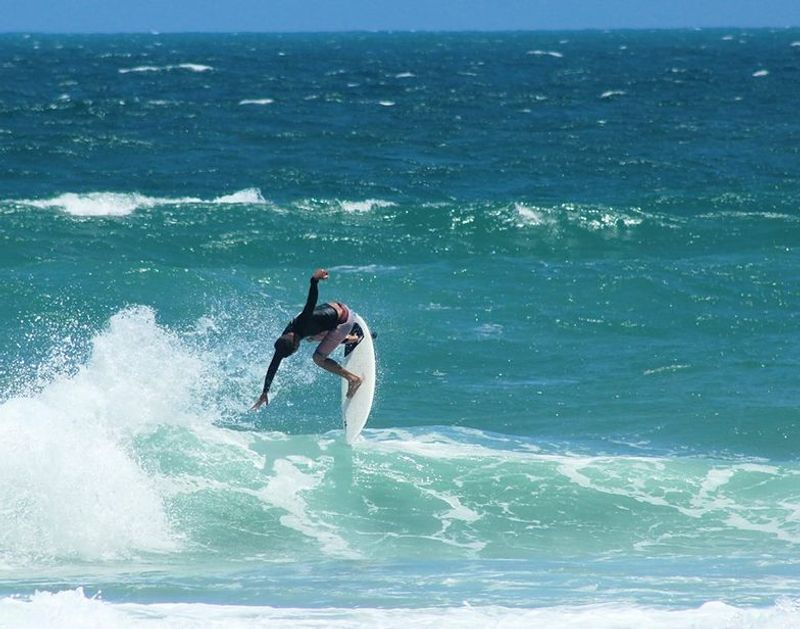
Praia do Futuro is a beloved spot for locals and tourists alike, yet its strong currents are notorious. Surfers navigate the waves with caution, ever mindful of the ocean’s power.
Lifeguards patrol diligently, their presence a comforting sight against the backdrop of formidable waves. The beach is a vibrant tapestry of life and energy, threaded with the constant reminder of nature’s might.
Did you know? Praia do Futuro is named for its forward-looking spirit, where the future of adventure and caution intertwine.
Skeleton Coast, Namibia
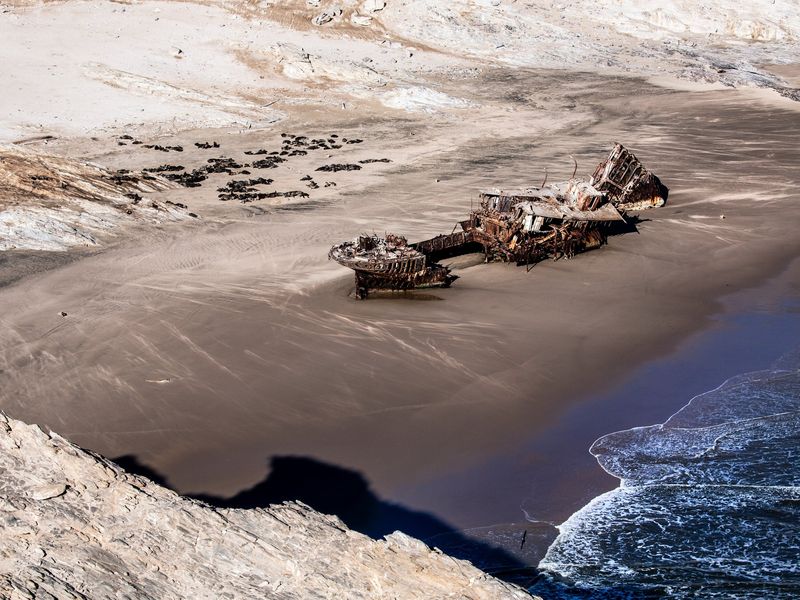
Along Namibia’s northern coastline, the Skeleton Coast presents a stark and haunting landscape. Known for its dense fog and unpredictable currents, many ships have met their demise here. Shipwrecks litter the shoreline, remnants of maritime misadventures.
Visitors often find themselves enveloped in a thick mist, adding to the ominous aura. While the beach’s natural beauty is undeniable, its isolation and harsh environment demand respect. Seals dot the sands, a reminder of the coast’s thriving yet harsh ecosystem.
Did you know? The Bushmen of the Namibian interior referred to this area as “The land God made in anger.”


